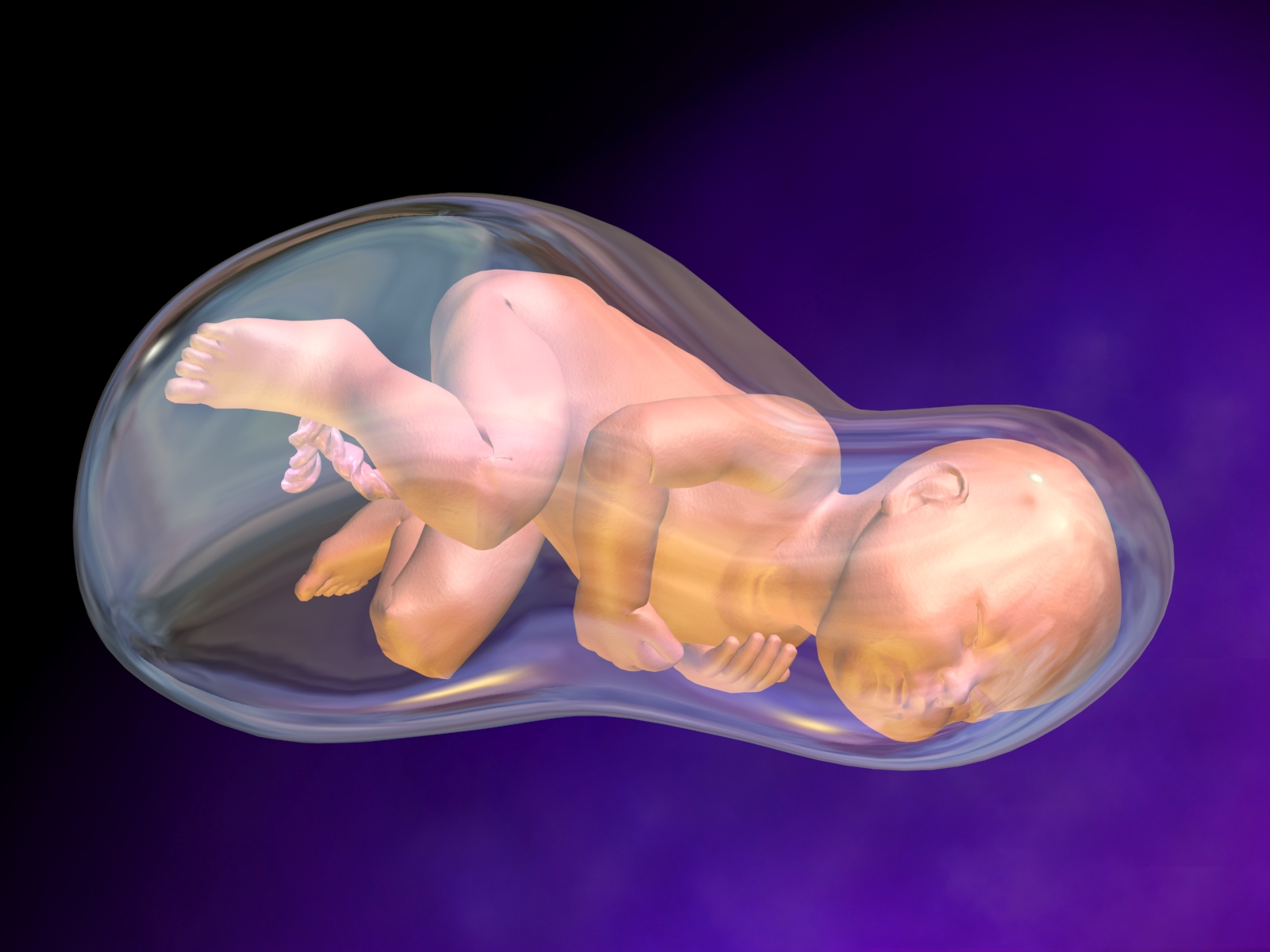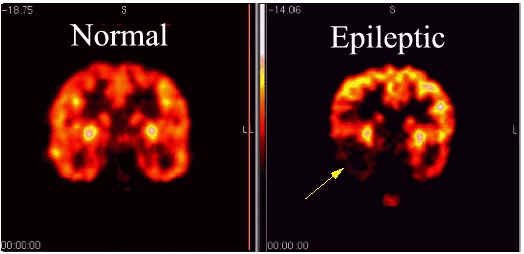Meconium Aspiration Syndrome
Meconium Aspiration Syndrome usually occurs in term or post term babies who are small for gestational age (IUGR) Chronic placental insufficiency leads to intrauterine hypoxia with passage of meconium.
The meconium stained liquor may be aspirated by the fetus in utero or during first breath. The meconium may block the small air passage or produce chemical pneumonitis.
Not all the infants with meconium aspiration will develop MAS.
Feature of respiratory distress develop immediately after birth in only 5-10% infants. The infants manifest with tachypnoea, nasal flaring, intercostal retraction and cyanosis.
Diagnosis is mainly based on
Aspiration of meconium from the trachea at birth.
Signs of respiratory distress.
Radiological hyperinflated lungs fields with coarse and patchy infiltration.
Management
Proper intrapartum monitoring and care
Amnio infusion in oligohydramnios-may reduce cord compression, gasping and intrapartum aspiration Pulmonary toileting with normal saline and suction through endotracheal tube.
Liberal oxygen supply
Antibiotic coverage, as meconium invites infection In severe case arterial blood gas analysis should be done Surfactant therapy may be beneficial General management includes correction of hypoxia, acidosis, hypoglycemia and hypocalcemia.
Mechanical ventilation is required where PO2 is less than 50 mm of Hg and PO2 is above 50 mm of Hg.
Prognosis
Complication like bronchopulmonary dysplasia or chronic lung diseases are common.
New modalities of therapy have reduce mortality to less than 5%.







Comments